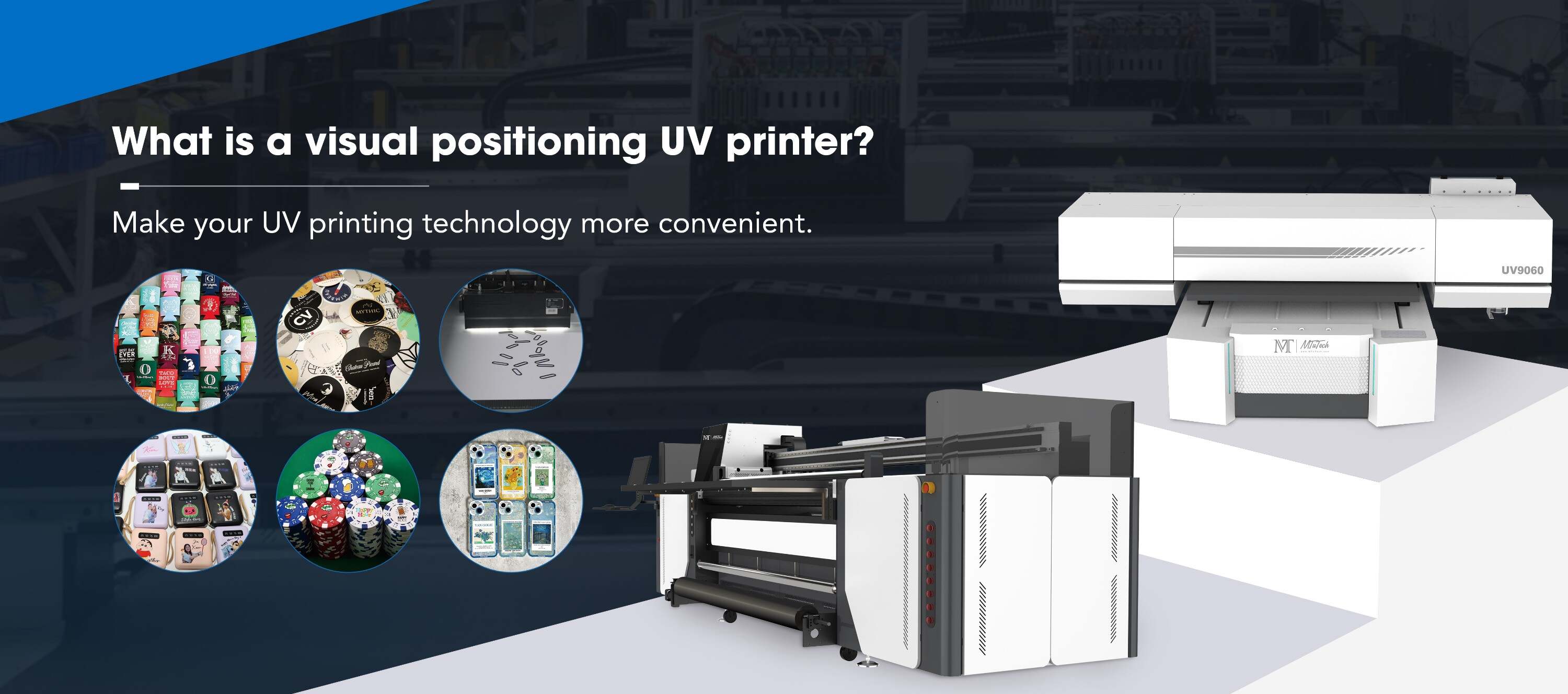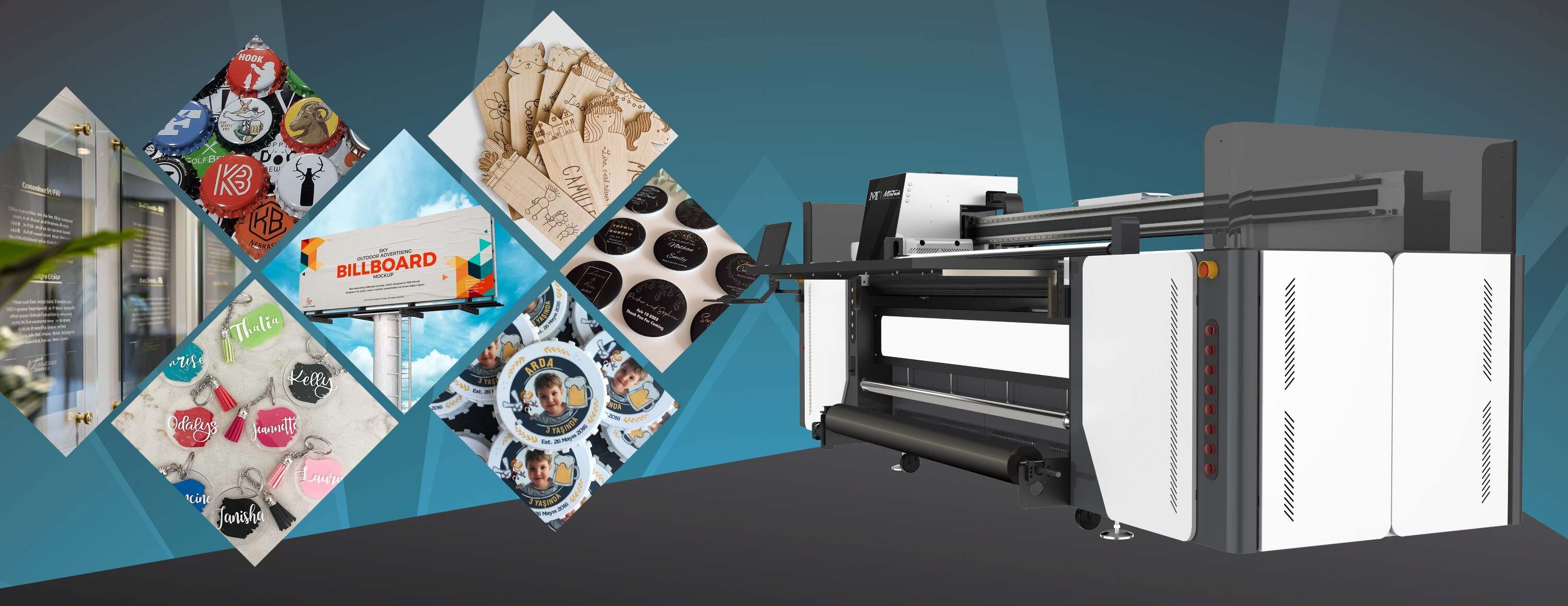Sustainability isn’t just a buzzword anymore — it’s a necessity. As the printing industry evolves, more businesses are looking for ways to reduce their environmental impact without sacrificing quality or productivity. That’s where UV printing shines.
In this article, we’ll explore how UV printing supports eco-friendly practices, how it compares to traditional methods in terms of sustainability, and what steps you can take to make your UV printing business even greener.
Why UV Printing Is Considered Eco-Friendly
Unlike solvent-based and offset printing methods, UV printing uses ultraviolet light to cure ink instantly, resulting in several key environmental advantages.
1. Zero VOC Emissions
Traditional solvent-based inks release VOCs (volatile organic compounds) into the air, which contribute to air pollution and respiratory health issues.
✅ UV inks are virtually VOC-free, making the process cleaner and safer for both operators and the environment.
2. No Need for Water or Harsh Chemicals
Offset and screen printing often require:
● Water for cleanup
● Alcohol-based cleaning agents
● Emulsion strippers and fixers
✅ UV printing eliminates the need for water or chemical washes, drastically reducing wastewater and toxic runoff.
3. Less Waste, More Precision
● UV printers cure ink instantly, so there’s no drying time, smudging, or wasted prints.
● You can print on-demand and in small quantities, minimizing overproduction and inventory waste.
✅ This “print-what-you-need” approach reduces resource consumption and supports sustainable production practices.
4. Durability = Fewer Reprints
UV-printed products are:
● Scratch-resistant
● Water-resistant
● UV-stable (fade-resistant)
✅ This durability means fewer damaged products and reprints, which helps lower your carbon footprint over time.
Eco-Friendly Practices to Adopt in UV Printing✅ Use Greener Substrates
Choose sustainable or recycled materials like:
● Bamboo panels
● Recycled acrylic
● Eco-leather
● FSC-certified wood
✅ Recycle Ink Bottles and PackagingPartner with local recycling centers or ink suppliers with take-back programs.
✅ Optimize Layouts in RIP SoftwareUse nesting features to arrange prints efficiently and reduce media waste.
✅ Regular MaintenanceKeep your machine clean and well-calibrated to avoid print errors and ink waste.
✅ Switch to Energy-Efficient PrintersModern UV printers like theMT-UV2000HR Hybrid UV Printer are equipped with LED UV lamps, which consume less energy and have longer lifespans than traditional mercury-based lamps.
UV Printing vs. Traditional Printing: Eco Comparison
Factor | UV Printing | Solvent Printing | Screen Printing |
VOC Emissions | ❌ Low | ✅ High | ✅ High |
Water Usage | ❌ None | ❌ Moderate | ✅ Very High |
Waste Output | ❌ Low | ✅ High | ✅ High |
Energy Efficiency | ✅ LED Lamps | ❌ Power Dryers | ❌ Curing Tunnels |
Winner: UV printing is clearly the greener choice.
Final Thoughts
By choosing UV printing and following eco-conscious practices, you’re not just reducing your environmental footprint — you’re also building a brand that appeals to today’s eco-aware customers.
And if you're looking for an energy-efficient, waste-reducing machine, theMT-UV2000HR Hybrid UV Printer offers excellent sustainability with high performance across a wide range of materials.


